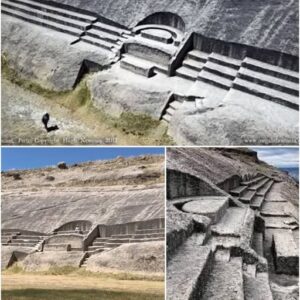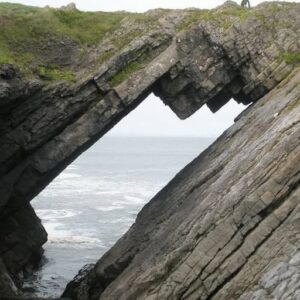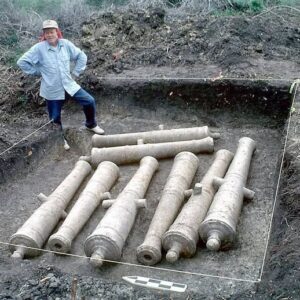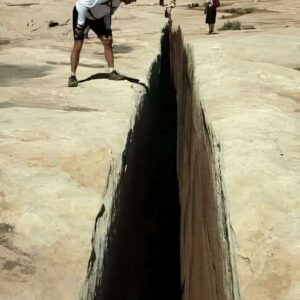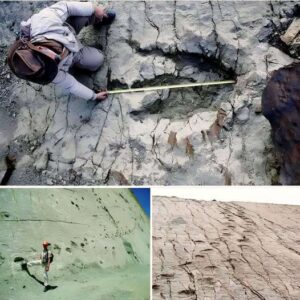Tucked away within the verdant woodlands of Western Pomerania, Poland, lies a remarkable archaeological discovery that is reshaping our understanding of ancient Europe. Unearthed by a team led by Dr. Agnieszka Matuszewska and Marek Schiller from the University of Szczecin, the enigmatic “”Polish Pyramids”” have emerged as monumental megalithic tombs, offering insights into a sophisticated civilization that thrived millennia ago.
These imposing structures, characterized by their elongated triangular shapes and massive stone blocks, stretch up to 150 meters in length and stand at heights of 3 meters, rivaling some of Europe’s most renowned prehistoric sites. The team’s groundbreaking discovery, made possible through cutting-edge technology such as airborne laser scanning (ALS) and digital terrain modeling (DTM), has revealed a staggering 18 Kujawy-type megalithic tombs—far surpassing previous records.

Constructed by the Funnel Beaker Culture, a prehistoric society flourishing between the 5th and 3rd millennia BC, these awe-inspiring tombs were dedicated to their elite members, serving as enduring testament to their advanced civilization. Intriguingly, the architectural style of the Polish Pyramids shares striking similarities with megalithic sites across Western Europe and Scandinavia, hinting at potential cultural exchanges and shared traditions among ancient European communities.
The success of this discovery highlights the importance of leveraging modern technology and collaborative research efforts to unlock the mysteries of the past. Through the ISOK project database and advanced surveying methods, the team has shed light on a previously unknown chapter in Poland’s ancient history, challenging preconceived notions and enriching our knowledge of prehistoric civilizations.
As these ancient structures continue to capture the imagination of archaeologists and historians alike, the Polish Pyramids stand as enduring symbols of a bygone era, beckoning us to delve deeper into the enigmatic past and unravel the secrets they hold.

